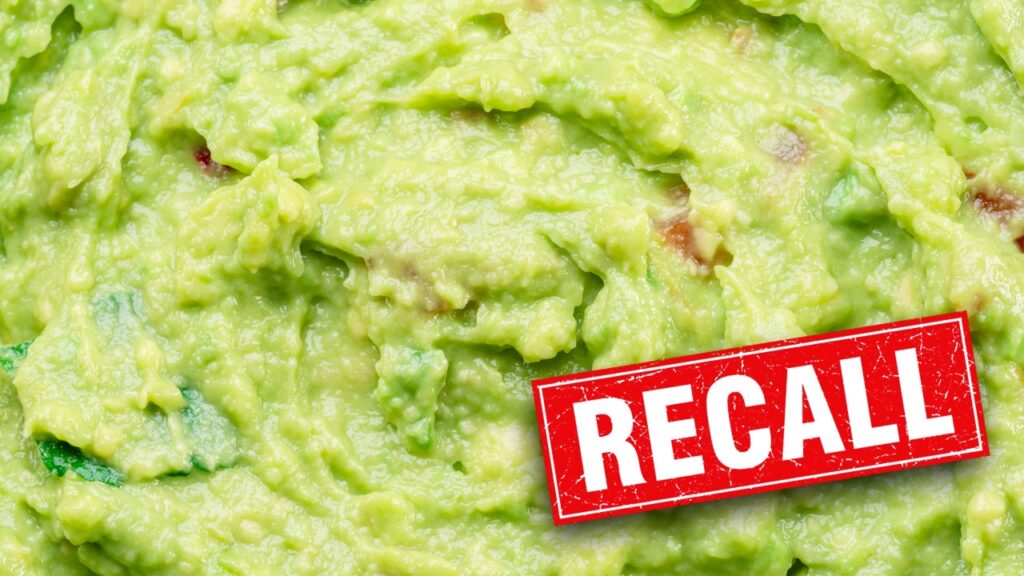:max_bytes(150000):strip_icc():format(jpeg)/shutterstock_253136563-5bfc2b98c9e77c00519aa7a8.jpg)
Global Depositary Receipts vs. American Depositary Receipts: An Overview
Depositary receipts are certificates that represent shares in a public company but are available only in a foreign market so that foreign investors can more easily invest in the companies they represent. Issued by banks, they can be bought and sold like stock shares. U.S. investors have access to two main types of depositary receipts:
- American Depositary Receipts (ADRs) are available only in the United States. The companies they represent have partnered with a U.S. bank to make them available.
- Global Depositary Receipts (GDRs) are issued in two or more countries and may differ slightly among markets according to the relevant regulations of the country in which they are issued.
Why GDRs and ADRs Exist
Shares in the Finnish technology company Nokia are traded on an exchange in Helsinki. However, American investors who want to bet on Nokia can purchase Nokia ADRs (NOK) in the U.S.
The option of issuing an ADR gives a company the power to raise money in other markets. Moreover, they can avoid doubling the workload of reporting to two government regulatory agencies.
There are notable differences between depositary receipts and stock shares. Most obviously, ADRs are not shares of stock. They represent shares of stock. Moreover:
Stock shares are issued and managed by the executive management of the company.
Depositary receipts are issued in partnership with a bank acting as an intermediary. The bank manages the share issuance and administers the share listing. The underlying company does not necessarily have direct control over its depositary receipt shares as it controls its domestic shares.
Key Takeaways
- Depositary receipts are negotiable certificates representing the stocks of companies that trade in other countries.
- American Depositary Receipts (ADRs) are traded only in the U.S. while Global Depositary Receipts (GDRs) trade in multiple countries.
- In addition to ADRs, there are European depositary receipts (EDRs), Luxembourg depositary receipts (LDRs), and Indian depository receipts (IDRs).
Global Depositary Receipts (GDRs)
A global depositary receipt, as its name implies, is bought and sold in several countries outside the company’s home country.
Depositary receipts only offered in a single foreign market are usually titled by that market’s name, such as American depositary receipts, European Depositary Receipts (EDRs), and Indian Depositary Receipts (IDRs).
Global depositary receipts allow a company to raise equity in multiple markets. For example, a Chinese company could create a GDR program that issues its shares through a depositary bank intermediary into the London market and the United States market.
Each issuance must comply with all relevant laws in both the home country and each of the foreign markets.
American Depositary Receipts (ADRs)
American depositary receipts are shares issued in the U.S. by a foreign company through a depositary bank intermediary. ADRs are only available in the United States.
ADRs can be found on many exchanges in the U.S. including the New York Stock Exchange and Nasdaq as well as over-the-counter (OTC).
Foreign companies and their depositary bank intermediaries must comply with all U.S. laws for issuing ADRs. This makes ADRs subject to U.S. securities laws as well as the rules of exchanges.
Risks of ADRs
For U.S. investors, ADRs have a unique degree of currency risk. ADRs are denominated in U.S. dollars but their initial offering value is based on the value of the home currency. There is further currency risk in the conversion of dividends into the investor’s home currency.
ADRs are considered alternative investments that should be thoroughly analyzed by American investors.
Ultimately. ADRs increase the investment options for U.S. investors. They can also simplify international investing by providing the offering to U.S. investors through U.S. market exchanges.
What Are Some Foreign Companies That Issue ADRs?
Foreign companies that issue ADRs include Alibaba Group Holding Ltd. (BABA), Taiwan Semiconductor Manufacturing Co. Ltd. (TSM), AstraZeneca PLC (AZN), and Shell PLC (SHEL).
Can U.S. Investors Buy GDRs?
Yes. But unlike ADRs, GDRs are most often sold to institutional investors through private offerings.
How Can I Buy Foreign Stocks?
There are several ways to invest in the stocks of foreign companies in addition to buying American Depositary Receipts (ADRs).
Ways to invest internationally include:
- Open a global account with a brokerage. Many online brokers also have global trading capabilities.
- If you have a target country for your investing dollars, you can open an account with a broker based in that country.
- You can invest in mutual funds or exchange-traded funds (ETFs) that focus on foreign countries.
- You can invest in U.S. companies that do business worldwide, like Coca-Cola or McDonalds.
The Bottom Line
American Depositary Receipts offer U.S. investors a chance to invest in foreign companies that don’t list their stocks on the American Exchanges. Global Depositary Receipts are similar, but are often available only to big institutional investors.
Investing internationally can diversify your portfolio, get you exposure to growing markets abroad, and cushion the impact of any downturn in U.S. stocks.
However, beware of the big extra risk of investing directly in foreign stocks: the risk associated with gyrations in currency values that can reduce the number of U.S. dollars your investment earns.



